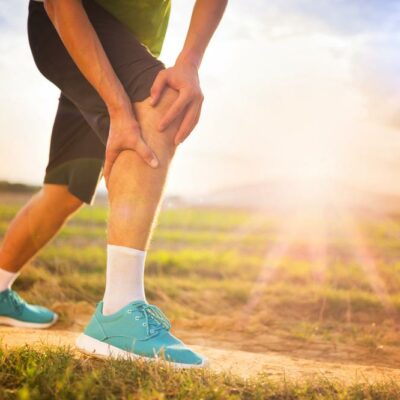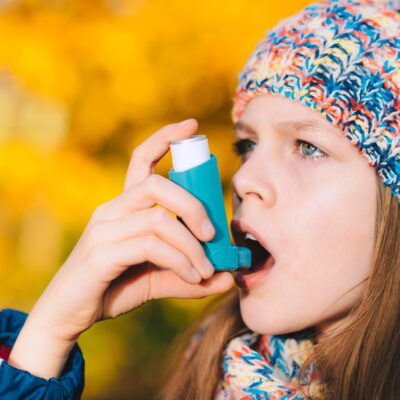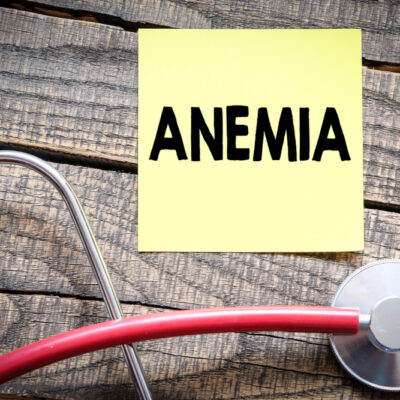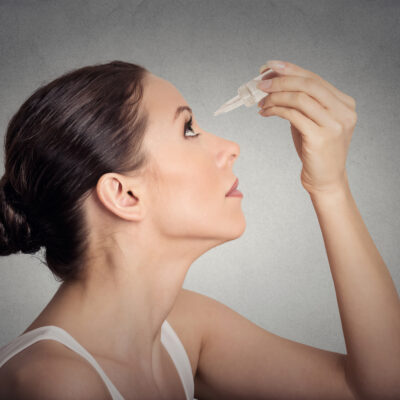
Wellness
Acid Reflux: Causes and Contributing Factors
Acid reflux disease affects the lower esophageal sphincter (LES), which is the ring of muscle at the entrance of your stomach valve that controls the entrance and passage of food via the mouth to stomach. Acid reflux occurs when the LES doesn’t close all the way, or if it remains slightly open, allowing stomach acid to regurgitate back up into the esophagus, causing a burning sensation, or painful heartburn. Doctors diagnose acid reflux in patients that experience regurgitation and heartburn twice a week or more. Luckily, the uncomfortable symptoms of acid reflux can be reduced by managing these contributing factors: 1. Obesity Excess weight is a main contributor of acid reflux disease (and GERD). It may also exacerbate GERD issues, such as Barrett’s esophagus, a condition involving precancerous changes in the esophageal cells. Central obesity, which accumulates fat around the mid-section adds pressure to the stomach, forcing stomach acid back up into the esophagus. Hormone imbalances in overweight individuals (i.e., excess estrogen) is also linked to GERD symptoms. 2. Certain foods and drinks Many patients with acid reflux notice worsening heartburn after consuming certain types of foods and drinks. The major culprits are high in trans fat, spice, and acid.
Read More 















